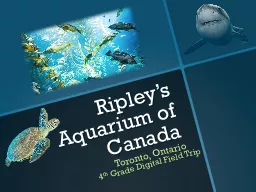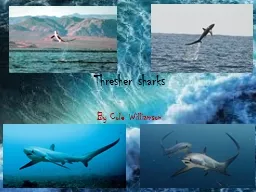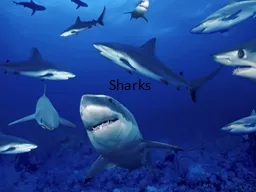PDF-Sharks for the Aquarium and Considerations for 31eir Selection
Author : unita | Published Date : 2022-09-21
2 and size depending on the species of shark 30ey are direct adaptations for processing food and are tailored to the type of diet the shark eats For example a horn
Presentation Embed Code
Download Presentation
Download Presentation The PPT/PDF document "Sharks for the Aquarium and Consideratio..." is the property of its rightful owner. Permission is granted to download and print the materials on this website for personal, non-commercial use only, and to display it on your personal computer provided you do not modify the materials and that you retain all copyright notices contained in the materials. By downloading content from our website, you accept the terms of this agreement.
Sharks for the Aquarium and Considerations for 31eir Selection: Transcript
Download Rules Of Document
"Sharks for the Aquarium and Considerations for 31eir Selection"The content belongs to its owner. You may download and print it for personal use, without modification, and keep all copyright notices. By downloading, you agree to these terms.
Related Documents














